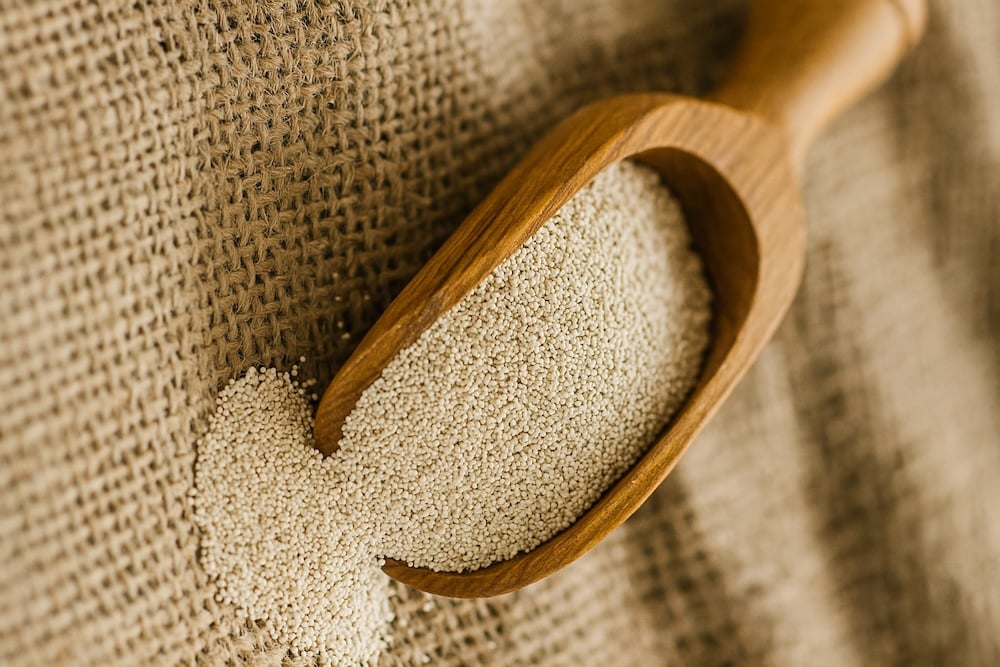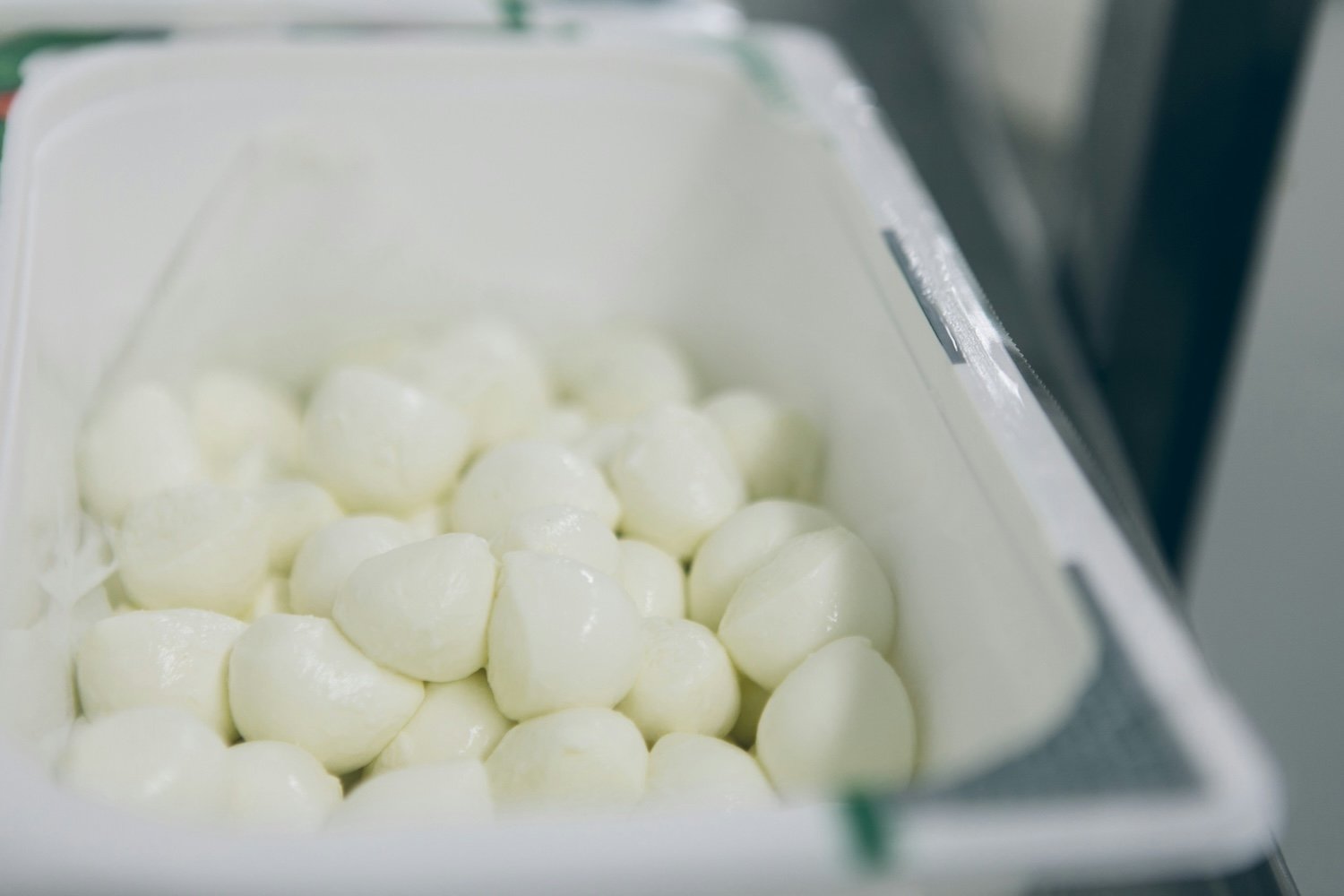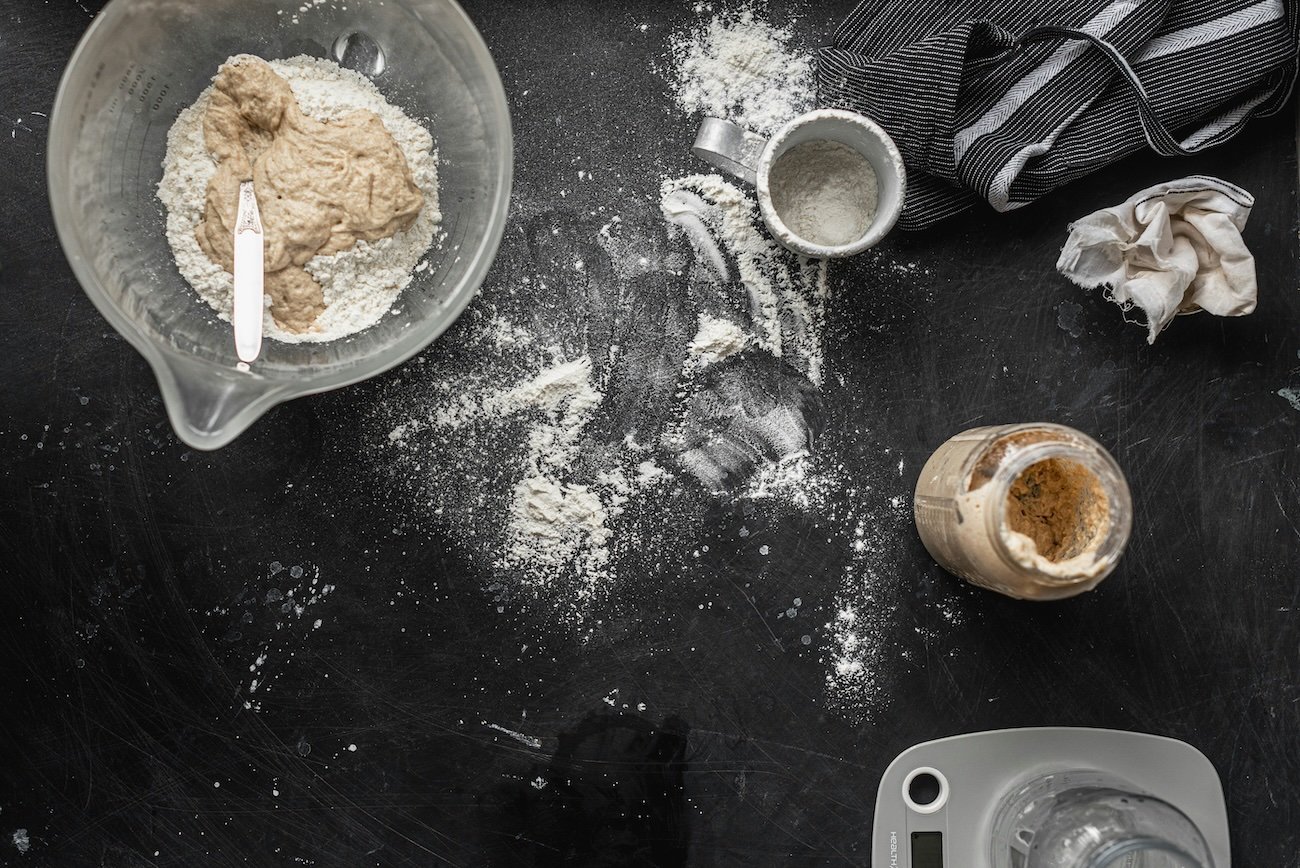Yeast: The Microscopic Miracle Worker in Your Dough
Yeast is one of the most fascinating and essential ingredients in pizza making—a single-celled fungus that transforms simple flour and water into the light, airy, flavorful dough that makes pizza possible. Understanding yeast is crucial for any serious pizza maker, as it's the engine that drives fermentation, creates flavor, and gives your dough its characteristic texture and rise.
The relationship between humans and yeast dates back thousands of years, long before we understood what yeast actually was. Ancient bakers discovered that if they saved a piece of dough from one batch and added it to the next, their bread would rise better. It wasn't until the 19th century that Louis Pasteur identified yeast as the living organism responsible for this magical transformation.
The Science of Yeast: How It Works
Yeast is a living organism that feeds on sugars and produces carbon dioxide and alcohol as byproducts. In pizza making, this process is called fermentation, and it's what makes your dough rise and develop flavor:
- Feeding: Yeast consumes the natural sugars present in flour (maltose) and any added sugars, breaking them down through a process called glycolysis.
- Gas Production: As yeast metabolizes sugars, it produces carbon dioxide gas, which gets trapped in the gluten network, causing the dough to rise and creating those beautiful air pockets in the final product.
- Flavor Development: Yeast also produces alcohol and various organic acids during fermentation, which contribute to the complex flavors that characterize well-fermented dough.
- Gluten Development: The gas bubbles created by yeast help stretch and strengthen the gluten network, improving the dough's structure and texture.
Types of Yeast: Understanding Your Options
1. Active Dry Yeast: The Classic Choice
Active dry yeast is the most traditional and widely available form of yeast for home baking. It consists of live yeast cells that have been dehydrated and formed into small granules. This form of yeast has several advantages:
- Long Shelf Life: When stored properly (in the freezer), active dry yeast can last for 2-3 years without losing potency.
- Reliability: It's very consistent and predictable, making it ideal for beginners and experienced bakers alike.
- Proofing Required: Active dry yeast needs to be "proofed" or activated in warm water (105-115°F/40-46°C) before being added to the dough. This step ensures the yeast is alive and ready to work.
- Cost-Effective: It's generally the most economical option for home bakers.
2. Instant Yeast (Rapid Rise): The Modern Convenience
Instant yeast is a more recent development that offers several advantages over active dry yeast:
- No Proofing Required: Instant yeast can be mixed directly with dry ingredients, saving time and simplifying the process.
- Faster Fermentation: It typically works faster than active dry yeast, reducing overall fermentation time.
- Higher Potency: Instant yeast is more potent than active dry yeast, so you typically use 25% less by weight.
- Better for Cold Dough: It's more effective in cold dough and can be used in recipes that call for cold fermentation.
3. Fresh Yeast (Cake Yeast): The Artisan's Choice
Fresh yeast, also known as cake yeast or compressed yeast, is the traditional choice for many professional bakers and pizzerias:
- Superior Flavor: Many bakers believe fresh yeast produces better flavor than dried varieties, with a more complex and nuanced fermentation profile.
- Natural Form: It's yeast in its most natural state, without the dehydration and rehydration process.
- Perishable: Fresh yeast must be refrigerated and used within 2-3 weeks, making it less convenient for home bakers.
- Conversion Required: When substituting fresh yeast for dry yeast, you need to use approximately 3 times the amount by weight.
Yeast Conversion Chart: Making Substitutions
Understanding how to convert between different types of yeast is essential for adapting recipes and troubleshooting:
| Active Dry Yeast | Instant Yeast | Fresh Yeast |
|---|---|---|
| 1 tsp (3.1g) | 3/4 tsp (2.3g) | 0.6 oz (17g) |
| 2 1/4 tsp (7g) | 1 3/4 tsp (5.3g) | 1 oz (28g) |
| 1 packet (7g) | 1 packet (7g) | 1 oz (28g) |
Factors That Affect Yeast Activity
Yeast is a living organism, and its activity is influenced by several environmental factors:
- Temperature: Yeast is most active between 75-85°F (24-29°C). Below 50°F (10°C), activity slows dramatically; above 120°F (49°C), yeast begins to die. For optimal results, keep your dough in the ideal temperature range during mixing and initial fermentation.
- Salt: Salt is essential for flavor and gluten development, but too much can inhibit yeast activity. A typical pizza dough uses 2-3% salt by flour weight, which provides the right balance of flavor and yeast activity.
- Sugar: Sugar provides food for yeast, but excessive amounts can actually slow fermentation by creating osmotic pressure. For most pizza doughs, the natural sugars in flour are sufficient.
- pH Level: Yeast prefers slightly acidic conditions (pH 4-6). The natural acidity of flour and the acids produced during fermentation create an ideal environment for yeast activity.
- Moisture: Yeast needs moisture to be active. Dough that's too dry will ferment slowly, while dough that's too wet may ferment too quickly and become difficult to handle.
Yeast in Pizza Dough: Best Practices
Using yeast effectively in pizza dough requires understanding both the science and the art of fermentation:
- Choose the Right Amount: For most pizza doughs, use 0.5-1% yeast by flour weight. Less yeast with longer fermentation produces better flavor, while more yeast with shorter fermentation is more convenient.
- Control Temperature: Keep your dough at 75-78°F (24-26°C) during mixing and initial fermentation. Use a thermometer to monitor dough temperature, not just room temperature.
- Time vs. Temperature: Yeast activity is directly related to temperature. At 78°F (26°C), dough typically doubles in 1-2 hours. At 65°F (18°C), it might take 4-6 hours. Use this relationship to control fermentation speed.
- Cold Fermentation: For the best flavor, consider cold fermentation. After initial mixing and a short room-temperature rise, refrigerate the dough for 24-72 hours. This slows yeast activity but allows for complex flavor development.
Troubleshooting Common Yeast Problems
Even experienced bakers encounter yeast-related issues. Here are the most common problems and their solutions:
- Dough Won't Rise: This usually indicates dead yeast or water that's too hot (killing the yeast). Always proof active dry yeast and use water at 105-115°F (40-46°C). Check the expiration date on your yeast.
- Dough Rises Too Fast: Too much yeast or too high temperature can cause rapid, uncontrolled fermentation. Reduce yeast amount or lower the temperature. The dough should double in size over 1-2 hours, not 30 minutes.
- Dough Collapses: Over-fermentation can cause the gluten structure to break down. Reduce fermentation time or temperature, and don't let the dough more than double in size.
- Inconsistent Results: Measure ingredients by weight, not volume, and control temperature consistently. Small variations in yeast amount or temperature can dramatically affect results.
Storage and Handling: Keeping Your Yeast Alive
Proper storage is crucial for maintaining yeast viability and ensuring consistent results:
- Active Dry and Instant Yeast: Store in an airtight container in the freezer. The cold temperature preserves viability without killing the yeast. Bring to room temperature before using.
- Fresh Yeast: Keep refrigerated and use within 2-3 weeks. Wrap tightly in plastic wrap to prevent drying out.
- Testing Viability: If you're unsure whether your yeast is still active, proof it in warm water with a pinch of sugar. If it bubbles and foams within 10 minutes, it's still good.
The Future of Yeast: Innovations and Trends
Yeast technology continues to evolve, with new strains and formulations being developed for specific applications:
- Specialty Strains: Some companies are developing yeast strains specifically for pizza dough, optimized for flavor development and texture.
- Organic and Natural: There's growing interest in organic yeast and natural fermentation methods, particularly among artisanal bakers.
- Temperature-Tolerant Strains: New yeast varieties are being developed that work well across a wider temperature range, making them more forgiving for home bakers.
Mastering Yeast: The Path to Perfect Pizza
Understanding yeast is fundamental to creating exceptional pizza dough. It's not just about making the dough rise—it's about controlling fermentation to develop the perfect balance of flavor, texture, and structure.
Start with the basics: choose the right type of yeast for your needs, measure carefully, control temperature, and give your dough the time it needs to develop. As you gain experience, experiment with different fermentation schedules, yeast amounts, and temperatures to find what works best for your style and preferences.
Remember that yeast is a living organism, and working with it is both a science and an art. With patience, practice, and attention to detail, you'll develop an intuitive understanding of how yeast behaves and how to harness its power to create the perfect pizza dough.



